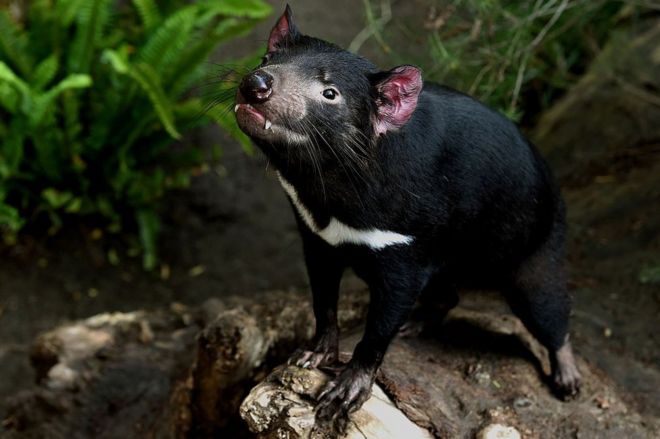Research, however (often under the aegis of "Conservation") is still a vital component of the modern zoo. Most often, it is done to improve the welfare of collection animals - to better understand their nutritional needs, their behavior, their reproduction. In other cases, it can have an enormous role on the fates of animals in the wild... like this case, for instance.
This is earth-shaking research (for Tasmanian devils, at any rate) that could turn the tide on one of the leading causes of endangerment for the largest-living carnivorous marsupials. It also is research that would have been impossible to conduct under field conditions, and required animals in captivity. Hopefully, it will be a first step towards finding a cure that can be applied to wild devils and help ensure that the Tasmanian devil doesn't follow it's larger cousin, the Tasmanian tiger, into the void of extinction.

Picture Credit: Getty Images
No comments:
Post a Comment